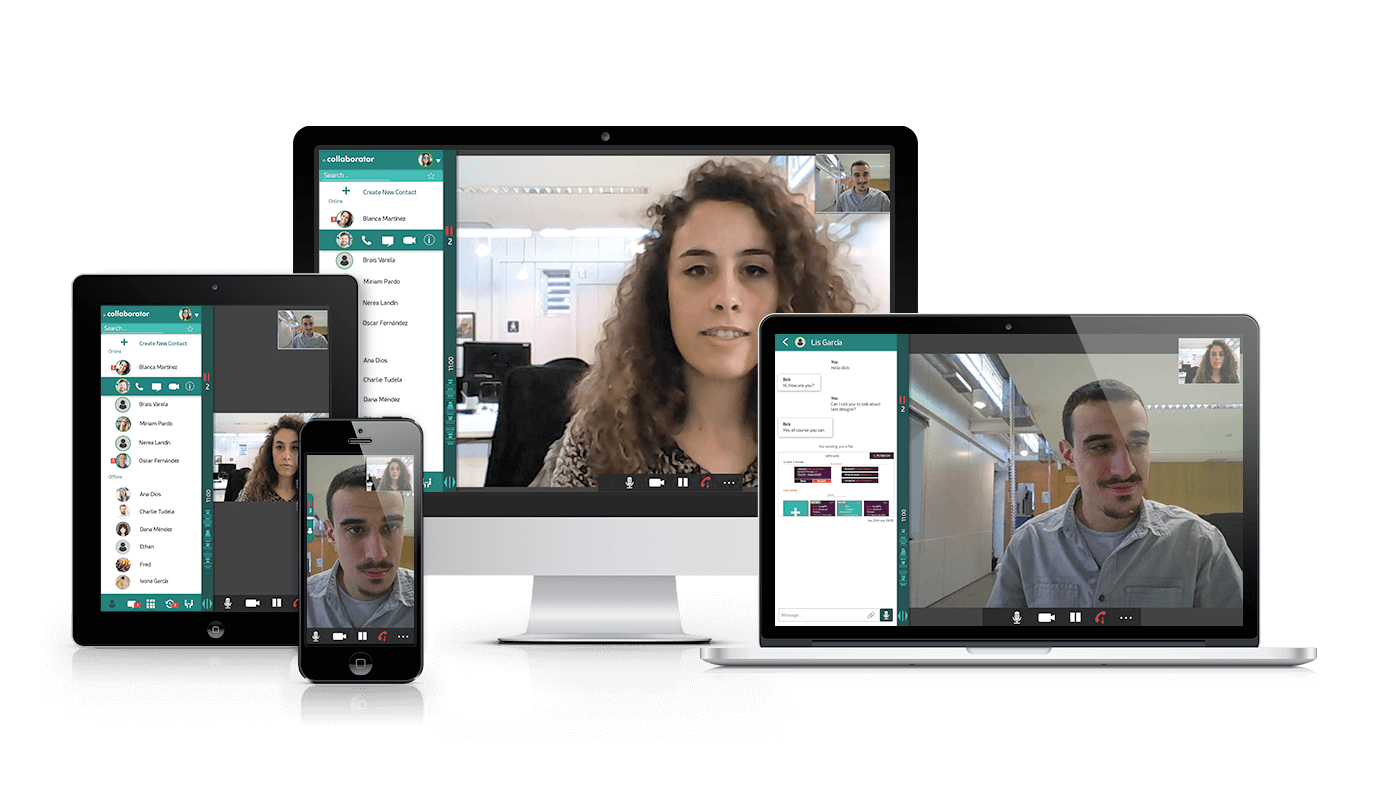The traditional WebRTC market
by Jorge.Cabaleiro | In 2011 an ambitious open source project backed by Google was conceived. The “Big G” wanted to make real time communications between browsers a reality and so WebRTC technology was born. The technology was truly appealing, WebRTC opened the possibility of communicating browser-to-browser by the click of a button, without any plugin or software download. Despite of the beauty of the idea, there were several hurdles to face at the beginning, including battles over protocols and codecs to be implemented and lack of support from major browsers.
Now, 7 years later, seems it is the time when WebRTC gets critical adoption. There are three main reasons for this. Firstly, the technology is finally supported by all major browsers since Safari 11 was released in October 2017. Secondly, WebRTC is more mature, it is not longer a fringe or experiment; there are several products like Google Hangouts or Facebook Messenger that are using the technology creating an ecosystem around it and giving the technology mainstream adoption. Lastly, developers and enterprises are finally glimpsing new use cases that can be done with WebRTC and how the technology could disrupt some industries.
Taking into consideration that security and simplicity are deeply ingrained into WebRTC, there were some verticals considered primary targets of the technology:
- Team collaboration: with the possibility of adding video, voice, chat and other collaboration tools to a browser and the rise of BYOD practices in enterprises, team collaboration is the obvious first target industry of the technology. WebRTC gives workers the possibility of using any device to start a conversation, share files or chat with their colleagues with one click.
- Banking/Insurance: following the financial crisis of 2009 and the growth of new digital challengers, traditional banks need a way to modernize and digitalize their services. The opportunity to offer a “physical branch” like experience anywhere, from opening an account to get a loan at any place was one of the first use cases that were developed using the technology.
- Healthcare: next to financial services, healthcare is one of those mature industries that can greatly benefit from videoconferencing. In non urgent cases, calling your doctor rather than going to its office cuts expenditure in travelling, reduces wasted time waiting in the office and decreases missed appointments.
- Contact center: WebRTC brings a natural evolution from traditional calls by allowing the option of having video and extended collaboration tools. Customers can directly call from a website or app and agents can get the clients’ contextual information, share screens or transfer files on the fly. This translates in a better customer journey and faster resolution times.

In the following blog post I will talk about what has changed in this 7 years and which new industries and use cases have been developed. At Quobis we developed our own WebRTC platform, Sippo, enabling enterprises and service providers to have their own custom RTC apps to monetize, if you want more information visit our website or send an email to info@quobis.com.







